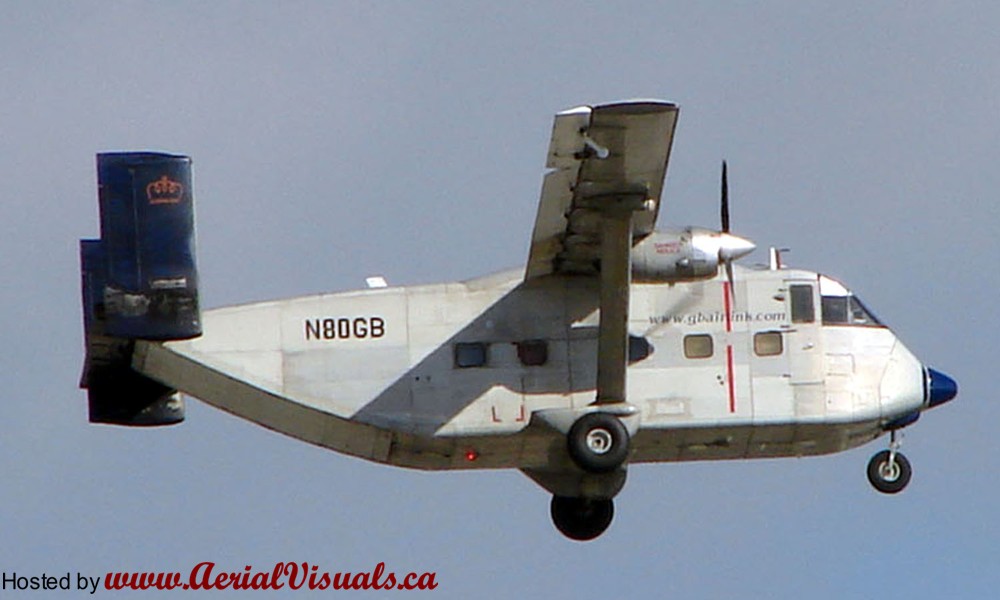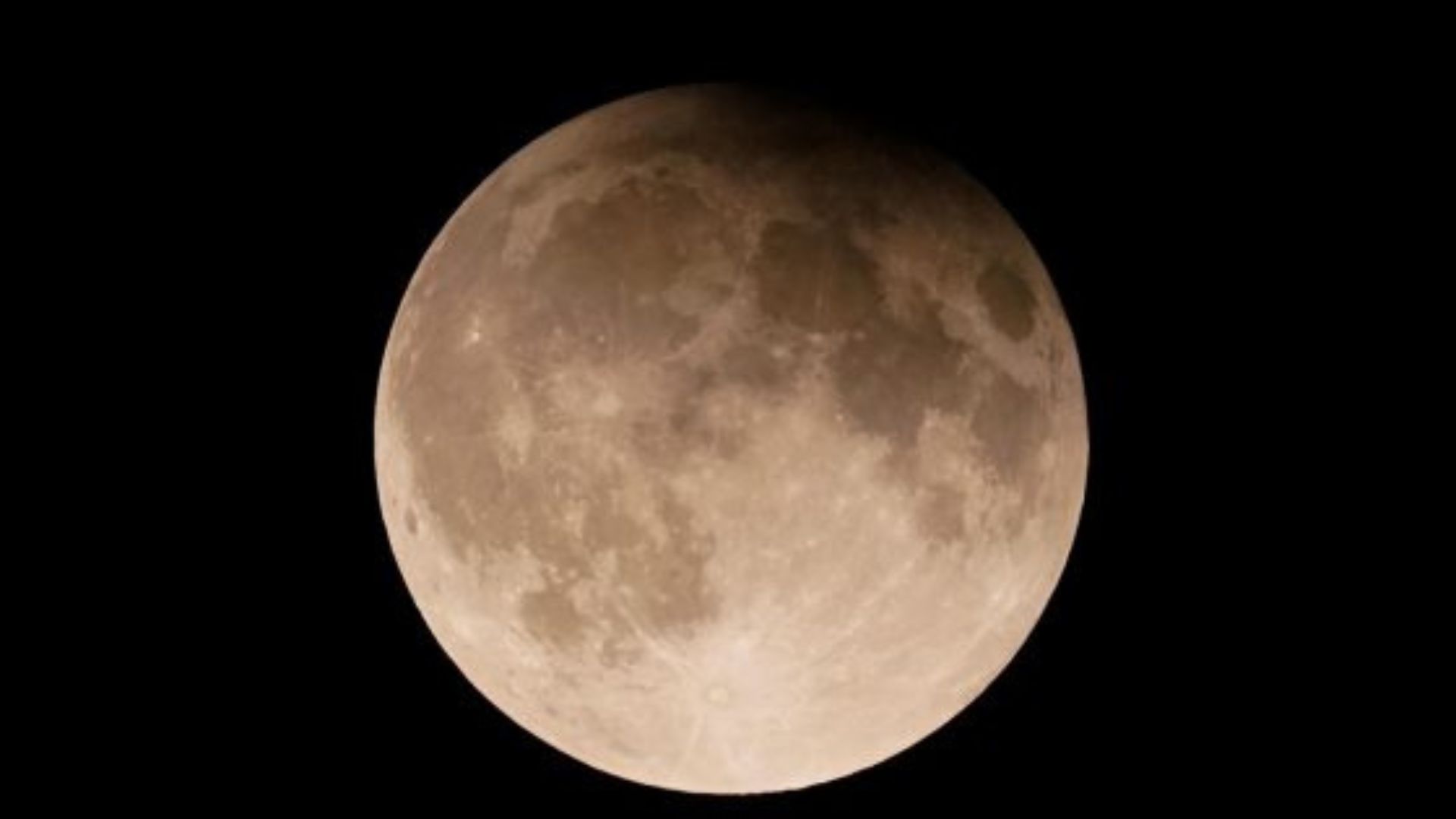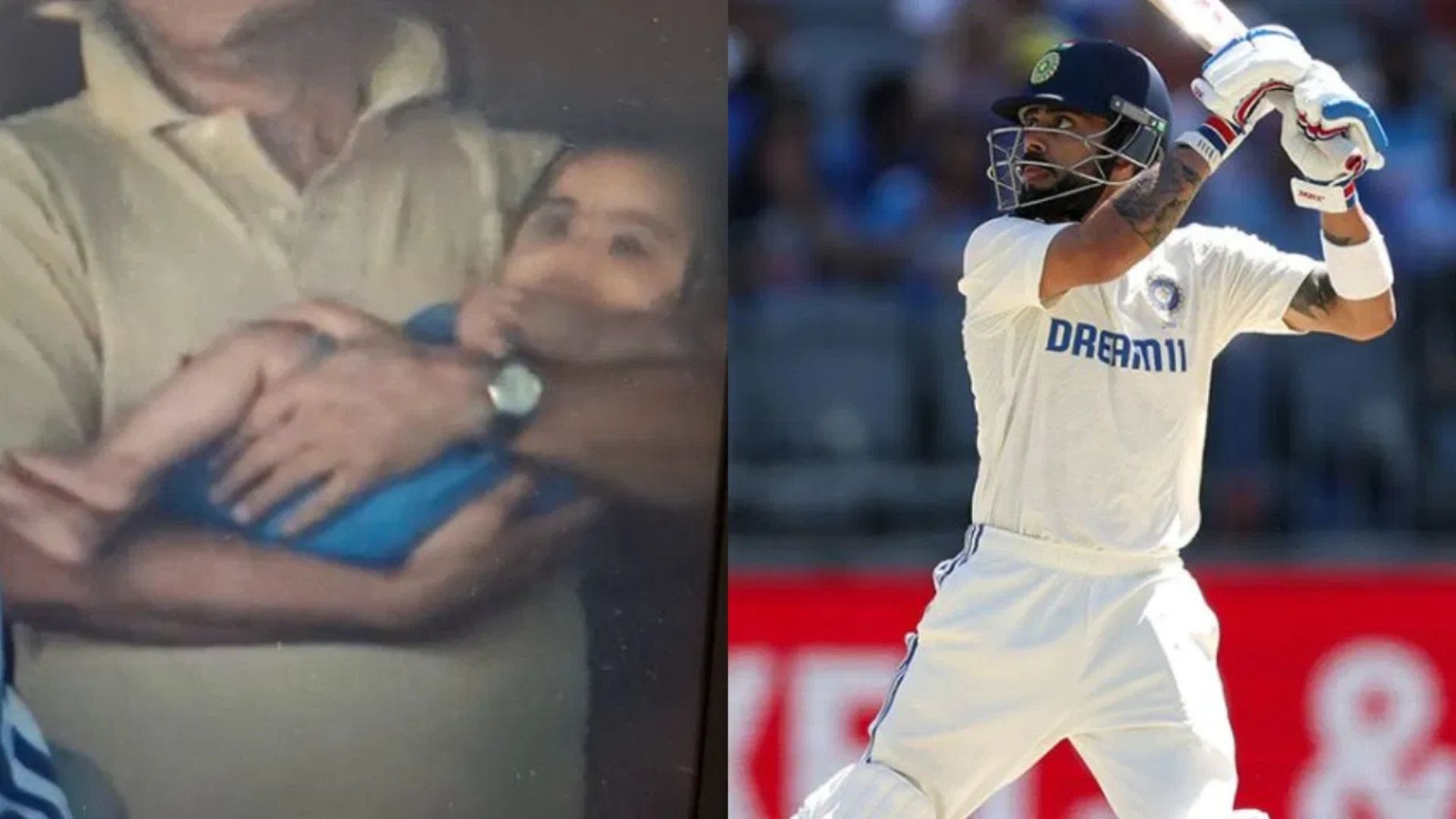
Flying from Florida to Buenos Aires usually takes about 10 hours, but the turboprop landing in Argentina on Saturday was no normal plane. It had been en route for 20 days, and many Argentines eagerly refreshed flight tracking software to keep tabs on its progress. The Short SC.7 Skyvan carried no crucial cargo nor VIP passengers. Rather, the plane will be another means for Argentines to reckon with the brutal history of their country’s 1976-1983 military dictatorship.
The plane, which was discovered in the U.S., is the first ever proven in a court to have been used by Argentina’s junta to hurl political detainees to their deaths from the sky, one of the bloody period’s most cold-blooded atrocities.
Argentina’s government will add the plane to the Museum of Memory, which is in what was the junta’s most infamous secret detention center. Known as the ESMA, it housed many of the detainees who were later tossed alive from the “death flights” into the ocean or river One of the victims linked to the returned plane was Azucena Villaflor, whose son Néstor disappeared and presumably was murdered early in the dictatorship. After he went missing, she founded the group Mothers of Plaza de Mayo to demand information about disappeared children, and then was herself detained and killed. “For us, as family members, it’s very important that the plane be part of history, because the bodies as well as the plane tell exactly what happened,” Cecilia De Vincenti, Villaflor’s daughter, told The Associated Press.
The plane’s return was enabled by Italian photographer Giancarlo Ceraudo, who spent years seeking out “death flight” planes. This one had later delivered mail in Florida and more recently carried skydivers in Arizona.
Throughout his quest, Ceraudo said, countless people failed to understand why he remained steadfastly focused on finding the junta’s aircraft, especially since the bodies of many of the dictatorship’s victims are still undiscovered.
“The planes had to be recovered because they were an important piece, like the (Nazi) gas chambers, a terrible tool,” Ceraudo said in an interview. Some of them vanished aboard the “death flights.”















